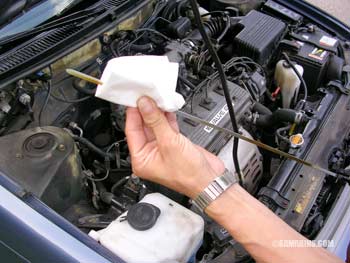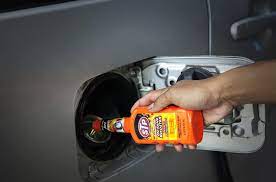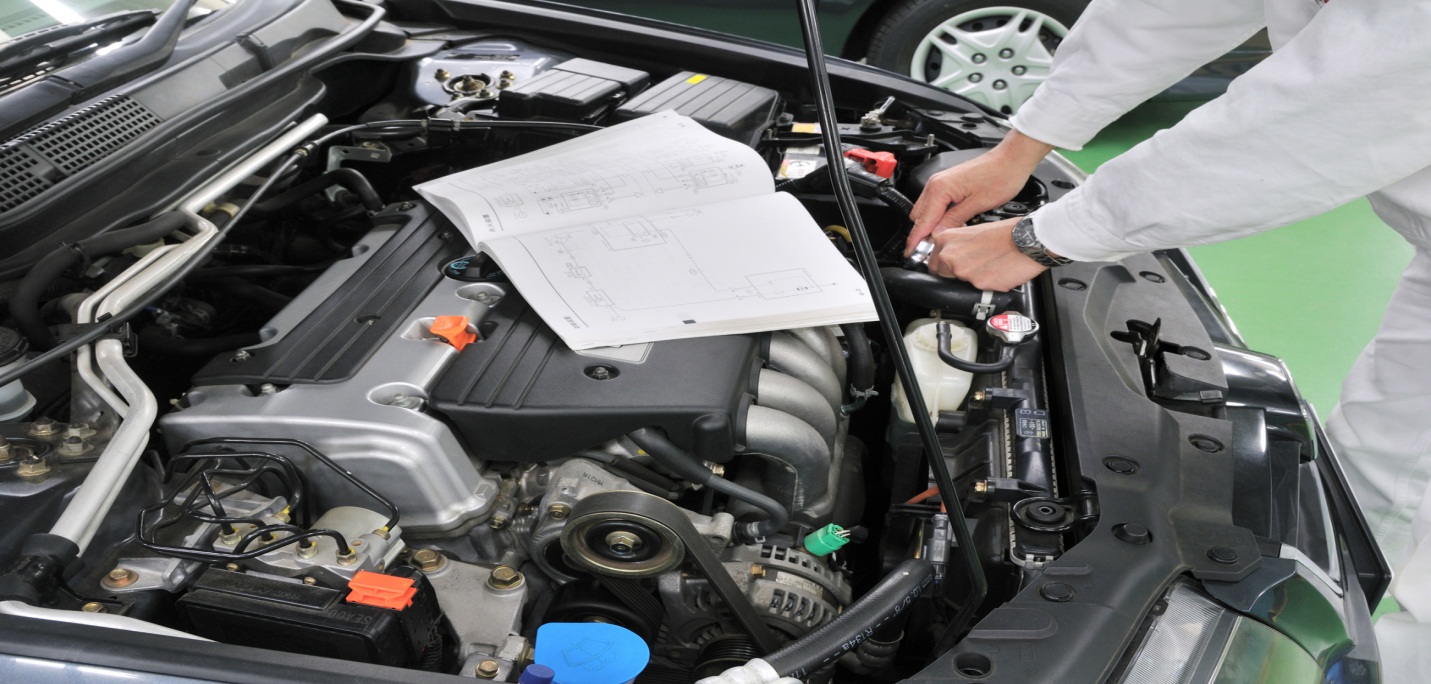
12 Tips to care for your car for long lasting which will bring joy to heart as you use the car. Maintaining your car is a very important step that every car owner must follow to increase the life span of their car and make it look brand new like it just came from the factory. Always follow the maintenance arrangement for your car, so your car will always perform at its best.
Doing a weekly or monthly inspection will help you maintain your car and save you plenty of money. You’ll identify areas that need immediate attention and other that you can take care of later. As you replace old or worn parts, your car will likely not breakdown or cause major issues, saving you thousands of dollars.
Preventive maintenance is the best way to start. You can do most of the regularly scheduled maintenance yourself if you want. Ignoring maintenance because it seems like a hassle will cost you. The best way to keep your car and yourself happy is to follow the manual for maintenance regularly.
1. Check Your Air Filter
Many car problems are due to clogged air filters or loose fittings. The air filter prevents dirt and particles from entering the engine. During combustion your engine needs air, and a clogged filter may impact performance.
You should get your filters changed every 12 months or after 12000 miles, whichever comes fast. Don’t ignore this maintenance as it could lead to problems in your car engine or car cabin as you also breathe air that is filtered by the internal cabin air filter.
You can get the filter replaced at your mechanic or in the comfort of your garage in just 10 minutes. By doing it yourself, you can save the trip to the mechanic and some money. Here is how you can do it yourself:
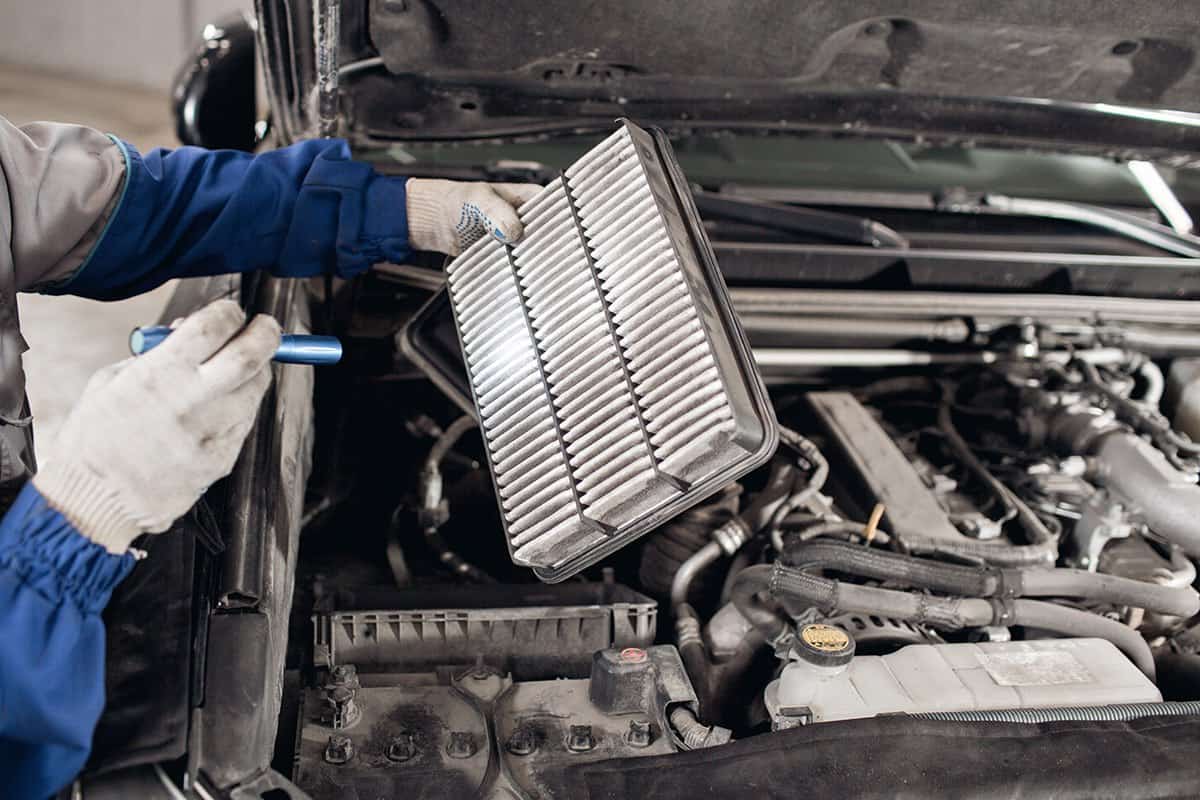
- First, locate your filter which is situated in the hood of the car. It is in a black rectangular box, which might have metal clips used to keep it closed. You can see it as soon as you pop the hood. If you don’t find it there, then check the owner’s manual for assistance.
- After locating it, remove the casing and observe how the air filter fits inside. It is important to note the direction of the filter. Make a note of the directions of the filter or you snap with your cell phone it before you remove it.
- If the filter is mostly clean, you can clean out the debris from your filter by using compressed air. This can improve the life of the filter and help your engine run efficiently. Then place back in same way.
- If the filter is dirty, removing it and insert the new filter the same way the old one fit and in the same direction. You will see that it will sit perfectly into its sitting. (Be sure it’s the correct filter type)
- Now close the air filter casing after you are done. Make sure it fits correctly, just like the filter. The process completed!
2. Inspect Fluids and Tire Pressure Regularly

Tire pressure is something, which you shouldn’t ignore or delay. Tires are one of the most important components of your car for safety, efficiency, and comfort. Getting in the habit checking the tires regularly will help you save time and money. If you’re not in the habit of checking on your car tires you can start by setting a monthly date on the calendar to check them.
Along with the tires, you can get into the habit of checking car fluids.
All you need to do is open the cover when the engine cooled down and remove the oil dipstick. Clean it thoroughly and put it back again. Now when you pull it out you will notice the oil is up to a certain level. Check that it is at the correct level. Also check the oil color and replace the oil at regular maintenance periods.
While doing this also check your power steering fluid level, the hoses, and belts for any signs of wear. After warming up your car check the transmission fluid level too.
Conduct an inspection of the tires and fluids regularly for the best performance of your car.
3. Check Your Battery
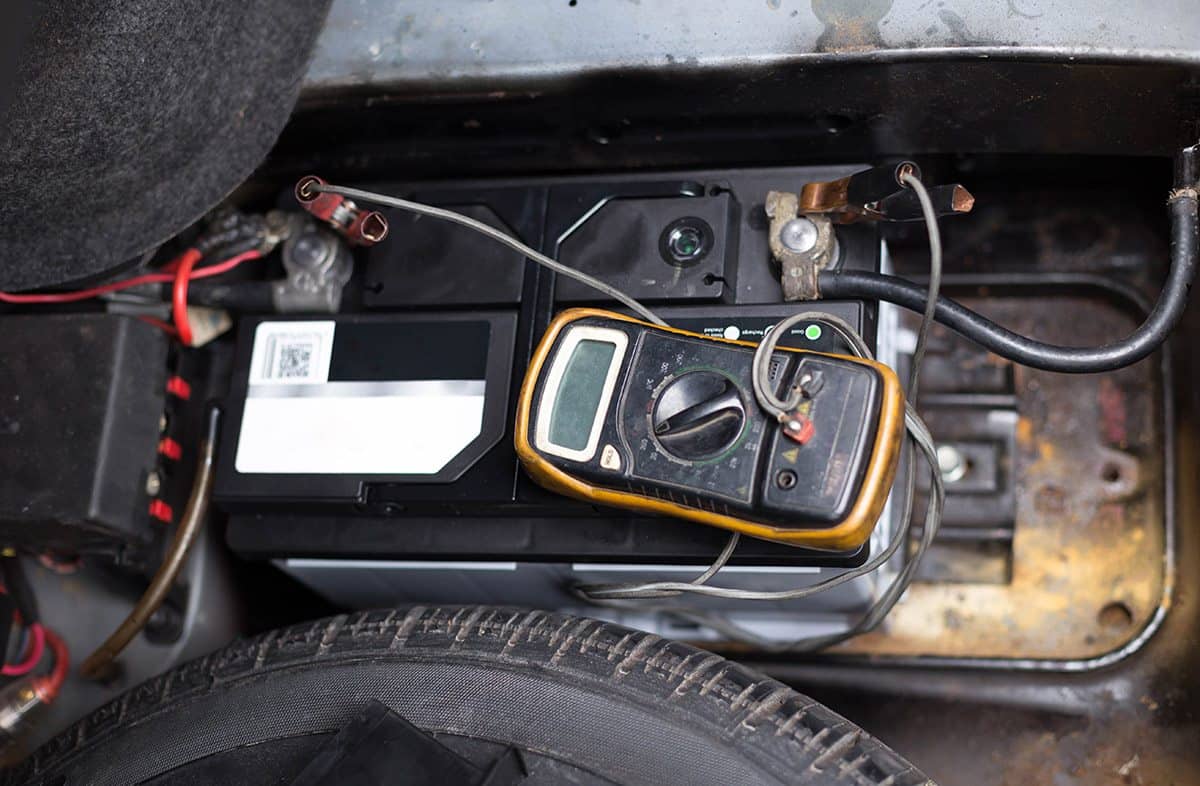
You may have had a situation where your car battery stops working. Everything seemed fine then your car just wouldn’t start. We all may be faced with a situation like this, and we became stranded. It wouldn’t be fun if I was stranded at night with just my cell phones.
To avoid this I can check my car battery. I can first check the cables and their connection to the terminals. You can check for leakage or any mineral build up around the cables and terminals. Clean the terminal with a battery cleaning brush if needed and you can always apply dielectric grease to help them stay corrosion free.
Using a device with the engine off, you can check if the battery is charged fully (about 12.4 to 12.7 volts). When the car is on you can carefully check the voltage. It should be around 13.7 to 14.7 volts.
If the battery is low, it might be the alternator. To check this you can start the engine and turn on your lights. If the lights are dim or brighten as the engine is revved, then the alternator probably is the issue.
4. Change Your Spark Plugs

If you notice that your engine is not working efficiently, then the reason could be the spark plug Your car manual should let you know when to replace them.
If your car is not performing as well as it usually does, you might want to check the spark plugs and spark plug wires if they are old. If you find they are in bad condition, replace them for better performance. Spark plugs usually last for 30,000 miles and above; see the owner’s manual for more information.
5. Get Your Tires Rotated and Balanced
This is the easiest trick in the book to prevent wearing of tires and make them last longer, and the trick is to get them rotated about every 6,000 to 8,000 miles. All tires do not wear at the same amount. So by rotating the front and rear tires, you balance the wear and make them more long wearing. Ensure that the tires of your car are also aligned. Non-aligned tires can cause problems with steering. It may even make you lose control of your car and cause an accident.
6. Clean your Windshields and Replace the Wipers
A dirty windshield can prove to be a lot of trouble when you can’t see clearly. If they are not cleaned regularly they can cause visual impairments and can result in accidents at times.
It is very important for the driver to have a clear view of the road for safe driving. If you don’t clean them, the dirt and particle can accumulate and scratch the windshield when you use the wipers. If the rainy season is approaching, check and get them replaced if needed. Using damaged wipers can cause scratches on the glass and obstruct your view, which might lead the need to replace your entire windshield.
7. Inspect and Replace Serpentine Belts
Thoroughly inspect your serpentine belt and check for wear. If these belts fail, they can cause damage to the engine parts, making a small priced item that needs to be replaced turn into a huge bill.
If you get regular maintenance your car dealer service center should let you know when it’s time to replace the belt. It is recommended to get it checked every 60,000 miles but you should look at the owner’s manual to get the best information for your car. Replacing a belt is usually easy with a few tools.
8. Ensure the Working of the Cooling System

The hoses, which carry the engine coolant can get damaged from high-pressure, heat, or from being old. Often if this happens a leak will occur. In addition, the heater hoses face the same problem as they carry hot coolant to the car heater core under the dash board.
When you go get your car serviced or to an oil changing shop, they’ll usually check the hoses for you, but you can always ask if you’re not sure if that’s included.
To check them yourself look for the white/color coolant reservoir and see if it is at the correct level. If not you may have a leak, so check for residue that is similar to the color of the coolant. It should be around where the hoses and connections are made or under them. Any cracks in hoses mean you need to replace that hose. Any loose hose clamps should be tightened or replaced if damaged.
The best way for efficient cooling is for the engine to have enough coolant. Get hoses checked regularly will prevent leaks that can cause the engine to overheat and creating major problems. So inspecting hoses once in a while is a great idea. And replacing them if needed is relatively cheap.
9. Check your Brakes
You may have seen a movie where someone can’t stop their car because their brake line was cut. In real life we won’t have this scene play out, but if we ignore brake problems we can find ourselves getting into an accident.
If the brakes fail to work properly, it can be caused by some of the following: the rotors, the brake pads, the brake fluid, and the brake pedal. The most common reason would be the brake pads or a leak in the brake fluid.
It’s a good idea to check your breaks if you notice any issues out of the ordinary. If you want to check the breaks yourself, you’ll need to inspect the brake pads and break fluid reservoir. This usually requires removing the tires and possibly getting under the car if you suspect a brake fluid leak.
11. Drive Better

The way you drive reflects the condition of your car. If you are hard on your car (fast take off, quick braking, sharp quick turns, riding over bumps at high speeds, hard shifting, etc.), then your car will wear faster and damage can occur. By driving smartly and safely, you not only ensure less wear and tear on your car but also can save on your fuel costs.
So one way to get started today is take a look at your acceleration and braking habits. If you have a habit of taking off quickly and applying brakes suddenly, then remind yourself that each smooth transition saves money on gas.
Driving below the speed limit and avoid sudden stops will help you stay safer, save money, and help your car last longer.
12. Exterior Engine Cleaning
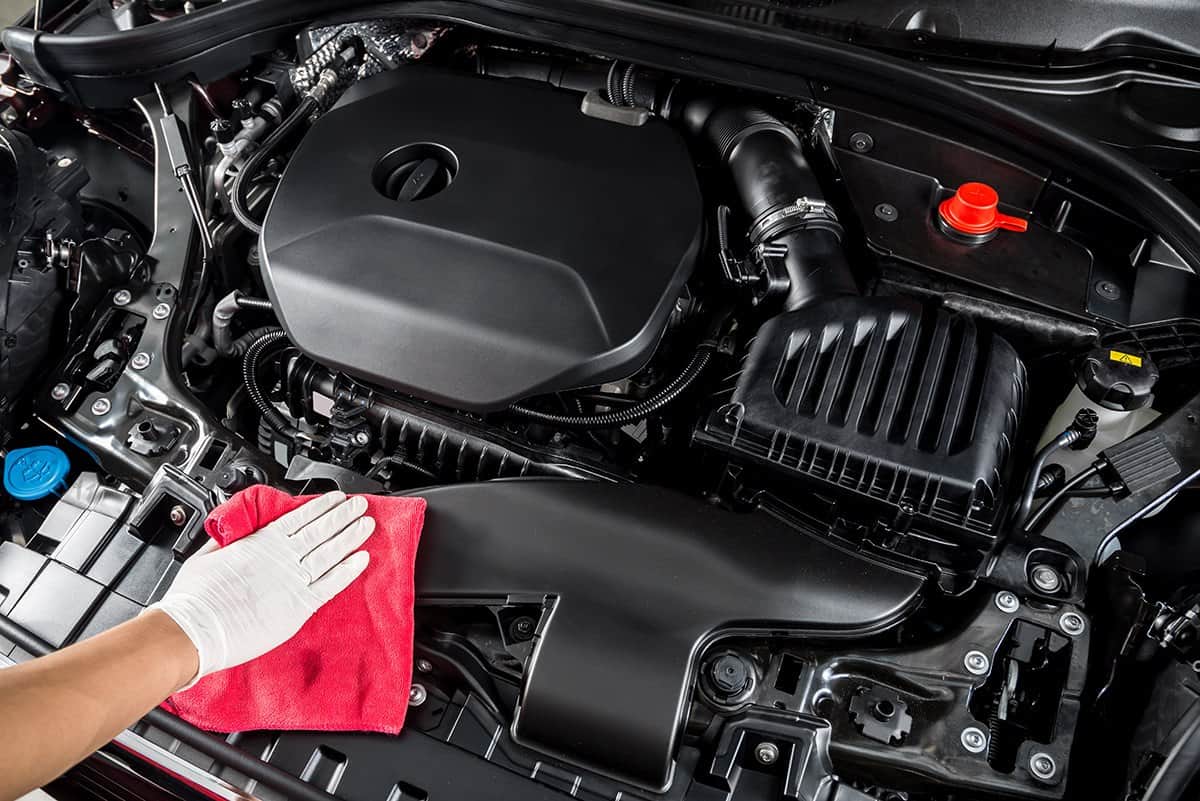
We have learned the importance of maintaining your engine internally; it is as important to do it for the exterior too. Some minor debris in the wrong place can do a lot of damage if not cleaned. For example, when checking your brake fluid and some grease falls into the brake fluid. Damage to the brake system can occur.
There are special engine cleaners available on the market designed specifically for exterior engine cleaning. While cleaning the engine isn’t necessary, it can be helpful for: discovering leaks, protecting rubber and plastic hoses, making sure electrical connections are not interrupted, seeing labels clearly, for pride of ownership.
Read more: 12 Important Car Dashboard Symbols/Signs You Must Know

